Everything might be OK! Warhol v. Goldsmith
vendredi 19 mai 2023 à 01:11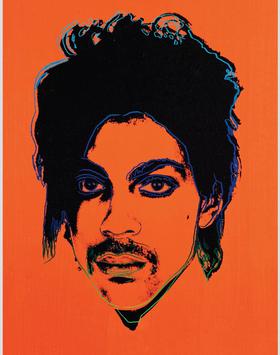
The United States Supreme Court released its opinion today in Andy Warhol Foundation v. Goldsmith. While it’s hard to predict the full ramifications of this decision at this point, our initial opinion is that this decision is not ideal, but also not the death knell for transformative fair use that many feared it could have been. We address three points below.
What use is fair?
First, the Court’s focus on Warhol’s specific “use” of Lynn Goldsmith’s photograph of Prince provides clarification on what the word “use” means as part of the fair use analysis, and narrows the scope of the opinion in ways that will allow for many future fair uses.
Fair use analysis in the United States depends on a four-factor test, where courts must consider all four factors and decide how to balance each one. The Goldsmith case focuses entirely on factor 1: the “purpose and character of the use.” (In particular, it was argued that Warhol’s Orange Prince was a “transformative” use: where the original work served one function, but has a different purpose and character because it has been “transformed” by changing the context of the use.) The copyright statute does not specify what “use” means in this context, and indeed there are many different ways to interpret it. For example, in this case, “use” could mean:
- Andy Warhol’s use of Lynn Goldsmith’s photograph of Prince Rogers Nelson to create a series of silk screen prints called The Prince Series;
- Warhol’s use of the photograph to create Orange Prince without it ever appearing on a magazine cover;
- The use of Orange Prince as a portrait of Prince for a magazine cover/profile piece.
Here, the Court narrowly focuses on this third meaning: The commercial “use” of Orange Prince as a published magazine portrait of Prince. The Court found the “purpose” of these two images of Prince to be identical: Both featured in magazines as portraits of the same musician. This narrow similarity will enable later would-be transformative users to distinguish their use from the original in a way that makes it different from the fact pattern in this case, suggesting that the fair use analysis of this factor would be different. That is, if a use does not serve the exact same function as the original, then this decision leaves the door open to argue that it has a different “purpose” from the original. The decision’s distinctions between these different kinds of uses suggest that a case over this very same work used for another purpose might have had a different outcome.
Additionally, the Court’s particular focus on the commerciality of this use is not ideal. While commercial purpose is part of the analysis of this factor, it is common for commercial uses to still be fair uses. As the Court itself notes, Campbell v. Acuff-Rose (perhaps the most famous fair use case) found an explicitly commercial use to be fair, and was clear about commercial use not barring a finding of fair use. We hope that this case is not read to walk back those statements, harming users who want to make transformative commercial uses of a work.
Derivative v. transformative
Second, the Court’s attempt to draw a line between a derivative work and a fair use does not provide much clarity to guide future uses.
Much of the confusion over distinguishing a derivative work and a fair use involves what it means to “transform” a work, and the degree of that transformation. Under U.S. law, one of the rights that authors have over their works is the right to create or authorize the creation of “derivative works.” As defined by statute, a derivative work is “a work based upon one or more preexisting works” that is “recast, transformed or adapted.” (emphasis added). At the same time, however, since Campbell, one of the most important parts of the fair use analysis has been whether a secondary work is “transformative.” Because of this, there is a tension between what is a transformation in the context of a derivative work and what is a transformative fair use. (This is often one of the most difficult points for users of CC-licensed works to navigate, as well, especially where the license is one that places conditions upon derivative works.)
Unfortunately, the Court does not successfully relieve this tension. While we agree with the Court that “overbroad concept of transformative use, one that includes any further purpose, or any different character, would narrow the copyright owner’s exclusive right to create derivative works” and that “the degree of transformation required to make ‘transformative’ use of an original must go beyond that required to qualify as a derivative,” the decision does not provide clear guidance on what this actually means.
Fair use: An engine of creativity
Third, as Justice Kagan writes in a dissent joined by Chief Justice Roberts, the majority seems to undervalue the importance of transformation in the fair use inquiry, and indeed, may undervalue fair use more broadly. Justice Kagan writes: “Why do we have ‘fair use’ anyway? The majority responds that while copyrights encourage the making of creative works, fair use promotes their ‘public availability.’ … But that description sells fair use far short. Beyond promoting ‘availability,’ fair use itself advances creativity and artistic progress.” Moreover, “when a transformation of the original work has occurred, the user of the work has made the kind of creative contribution that copyright law has as its object.” By failing to focus on how Warhol’s piece transformed the original photograph and added a new meaning and message to the original, the Court’s opinion may influence future decisions to also undervalue this point and undermine the purpose of fair use itself.
Ultimately, this decision is disappointing to champions of fair use, but does not appear to change much about judgments on fair use from what we’ve seen before. Transformative fair use has always been difficult to rely on, with the possibility of a court’s judgment differing from the artist’s as to when a fair use was made. It is promising to note how much of what we believe to be fair use the Court also holds up as examples to distinguish — Warhol’s own soup cans, for example, which don’t occupy the same place in the market as the product on supermarket shelves. Moreover, the Court’s narrow focus on a single, very specific, use — the commercial use of one portrait to serve as another portrait — continues to leave a lot of room for more easily distinguished transformative uses like remixes and other forms of appropriation art.
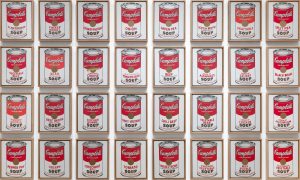
CC continues to believe that fair use is essential to creativity and culture. Justice Kagan’s dissent aligns well with CC’s views on transformation and creativity; in particular, that “artists don’t create all on their own; they cannot do what they do without borrowing from or otherwise making use of the work of others.” All art incorporates and transforms what came before it, and depends on the ability to reuse and reinterpret previous works, and the exclusivity of copyright should block that only as far as necessary to support an environment where artists can continue to create. This was a case with a particularly challenging set of facts, where there was a great deal of similarity to consider in the fair use analysis, and we believe that even after this decision, fair use continues to be alive and well in the United States, and that the Court’s narrow decision changes little about that.
The post Everything might be OK! <i>Warhol v. Goldsmith</i> appeared first on Creative Commons.
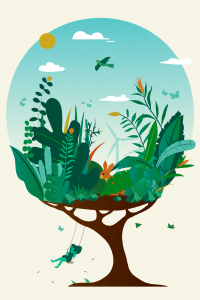
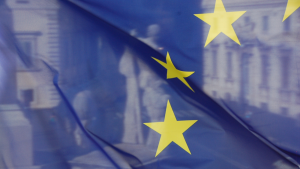
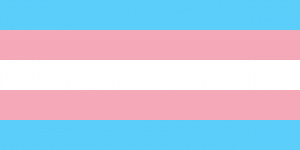
 .
.